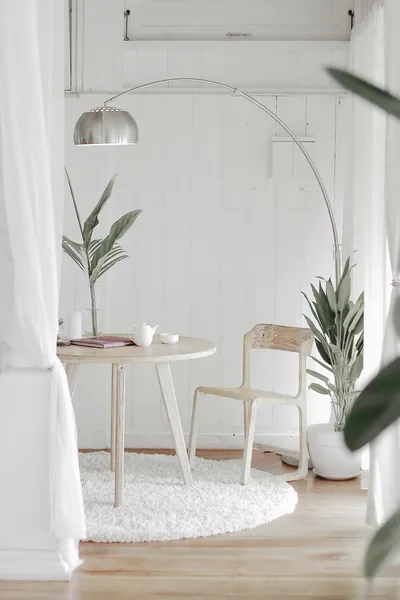Understanding Biophilic Design
Biophilic design is an innovative approach that incorporates natural elements into built environments, fostering a connection between nature and urban architecture. In warehouse design, this strategy enhances aesthetics and functionality, essentially transforming traditional spaces into environments that promote health and productivity.
Benefits of Biophilic Design in Warehouses
Integrating biophilic design into warehouses reduces stress, enhances employee well-being, and increases productivity. Natural light, greenery, and organic materials not only improve air quality but also create inviting spaces that motivate staff and improve overall job satisfaction.
Implementing Biophilic Elements
Incorporating Natural Light
Maximizing natural light can significantly influence the ambiance of a warehouse. Skylights, large windows, and light shelves capture and diffuse sunlight, reducing reliance on artificial lighting and creating a more pleasant working environment.
Integrating Greenery
Plants are a vital component of biophilic design. From large potted plants to vertical gardens, incorporating greenery improves air quality and introduces a calming presence. Consider using local flora to increase sustainability and maintain ecological balance.
Using Natural Materials
Opt for materials like wood, stone, and natural fibers to create a warm, organic feel. These materials are durable and can be sustainably sourced, further aligning with eco-friendly practices.
Case Studies of Biophilic Warehouse Designs
Several companies have successfully integrated biophilic design into their warehouses. Brands like Amazon and Google have transformed their logistic spaces, incorporating indoor parks and green roofs that not only beautify the environment but also provide functional, serene break areas for employees.
Conclusion
Biophilic design is more than a trend; it's a vital evolution in warehouse design that provides significant benefits to employees and the environment. By carefully integrating natural elements, businesses can create holistic spaces that enhance performance and sustainability.
Popular Warehouse Design Articles
Discover our most popular articles on warehouse interior design, providing top insights and solutions.

Creating Comfortable and Functional Break Rooms in Warehouse Spaces

Integrating Sustainable Practices in Warehouse Design


